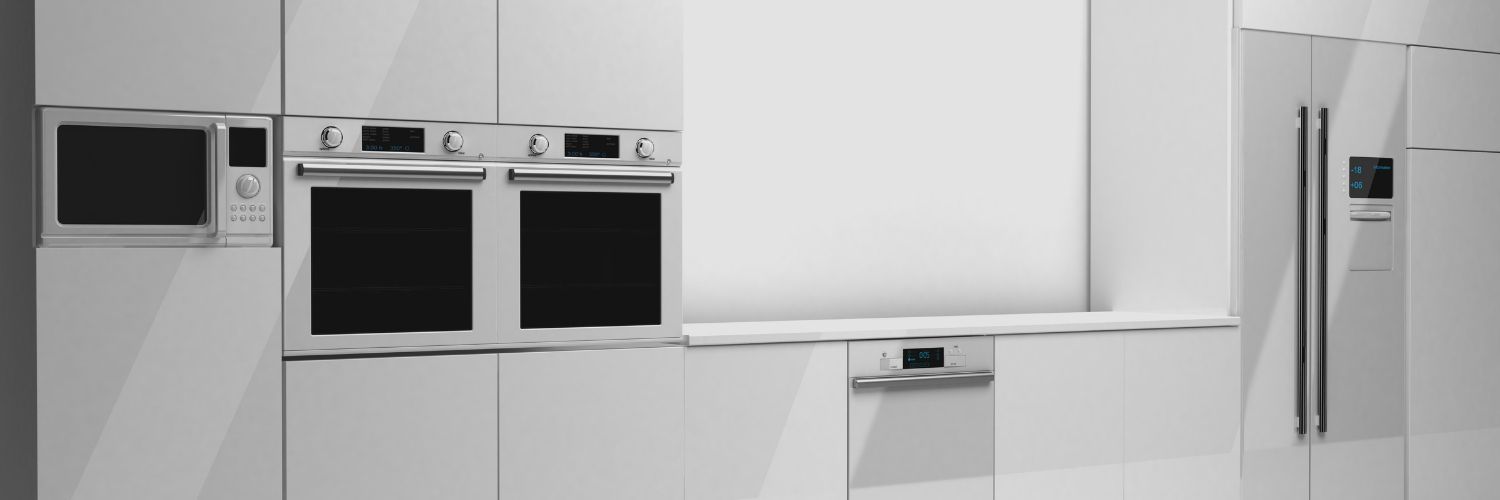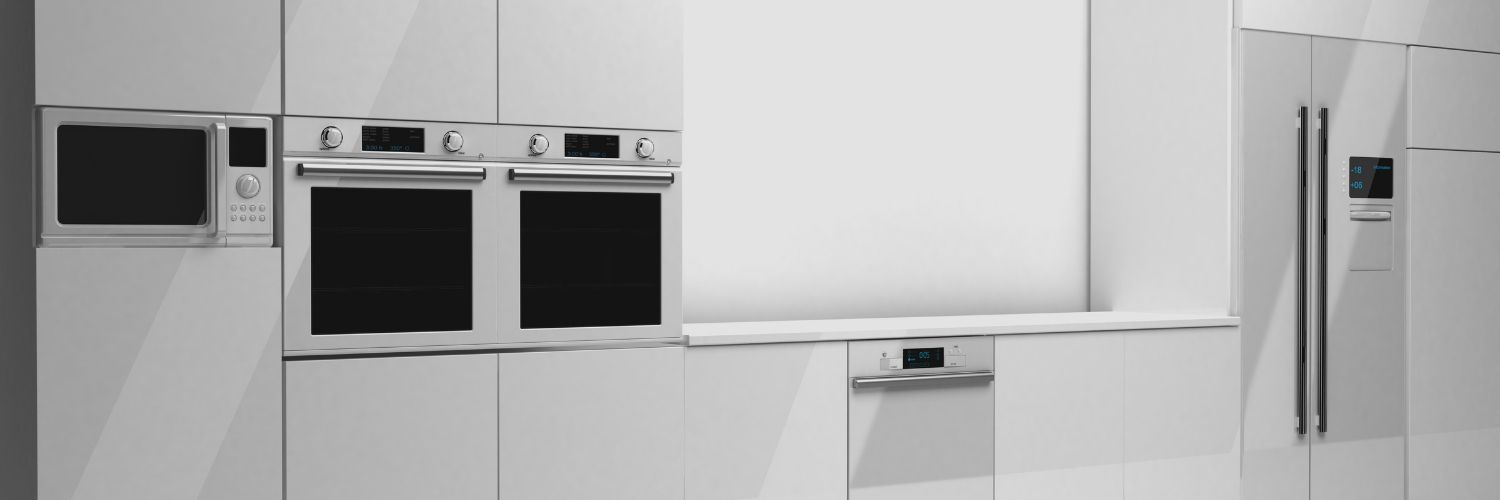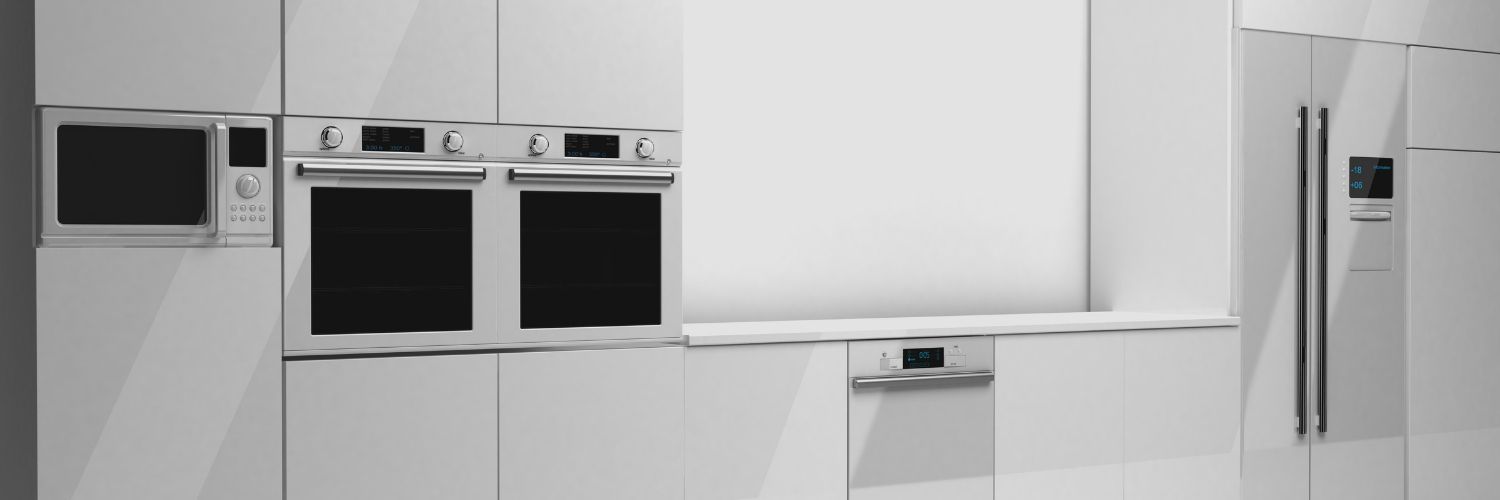What is an Induction Stove
An induction stove, also known as an induction cooktop or induction range, represents a modern and efficient approach to cooking. It uses electromagnetic fields to directly heat cookware, offering precise temperature control and energy efficiency. This article explores the workings, benefits, and considerations of induction stoves, helping you understand why they might be a valuable addition to your kitchen.
Introduction to Induction Cooking
Induction stoves have gained popularity for their innovative technology and performance advantages. Unlike traditional gas or electric stoves, induction stoves use electromagnetic energy to heat pots and pans directly, rather than heating the cooktop surface.
How Induction Stoves Work
1. Electromagnetic Induction
Induction stoves operate using electromagnetic induction. Here’s a breakdown of the process:
- Induction Coil: Under the cooktop surface, an induction coil generates an electromagnetic field when activated.
- Cookware Interaction: When a compatible pot or pan is placed on the cooktop, the electromagnetic field induces an electric current in the cookware.
- Direct Heating: This electric current generates heat directly in the cookware, cooking the food efficiently.
2. Cooktop Surface
The surface of an induction stove is typically made of smooth, glass-ceramic material. The cooktop remains relatively cool because the heat is generated directly in the cookware, not on the surface.
Benefits of Using an Induction Stove
1. Energy Efficiency
Induction stoves are highly energy-efficient. They transfer heat directly to the cookware with minimal energy loss, making them more efficient than gas or traditional electric stoves.
2. Faster Cooking Times
Induction cooking is faster because the heat is generated directly in the pan. This means that water boils and food cooks more quickly compared to other methods.
3. Precise Temperature Control
Induction stoves offer precise temperature control, allowing for exact adjustments in heat levels. This precision is ideal for tasks that require delicate cooking, such as melting chocolate or simmering sauces.
4. Safety Features
Induction stoves are generally safer than traditional stoves:
- Cooler Surface: The cooktop remains cool to the touch, reducing the risk of burns.
- Automatic Shut-Off: Many models feature automatic shut-off if no cookware is detected or if the pot is removed.
5. Easy Cleaning
Since the cooktop surface remains relatively cool, spills and splatters do not burn onto the surface. This makes cleaning easier and more convenient.
Considerations When Using an Induction Stove
1. Cookware Compatibility
Induction stoves require magnetic cookware to function. Cookware must be made of ferrous material (e.g., cast iron, stainless steel) to work with induction technology. Non-magnetic cookware will not heat up on an induction cooktop.
2. Initial Cost
Induction stoves can be more expensive than traditional gas or electric stoves. However, the long-term benefits in energy efficiency and cooking performance can offset the initial investment.
3. Power Requirements
Induction stoves often require a dedicated electrical circuit due to their high power requirements. This may involve additional installation considerations.
4. Noise
Some users report a slight humming or buzzing noise during operation, which is caused by the electromagnetic field interacting with the cookware. This noise is generally minimal and not bothersome.
Types of Induction Stoves
1. Induction Cooktops
These are portable, standalone units that can be used on any countertop. They are ideal for small kitchens or additional cooking needs.
2. Induction Ranges
Full-size induction ranges are built into your kitchen and include both an induction cooktop and an oven. They offer a comprehensive cooking solution.
3. Induction Hobs
Built into the kitchen counter, induction hobs provide a sleek and integrated look. They are often found in modern kitchens and can be combined with other cooking technologies.
Conclusion
Induction stoves offer a cutting-edge alternative to traditional cooking methods, providing efficient, fast, and precise cooking with enhanced safety features. While they require compatible cookware and involve a higher initial cost, the benefits of energy efficiency, speed, and ease of cleaning make them a worthwhile consideration for many kitchens.



